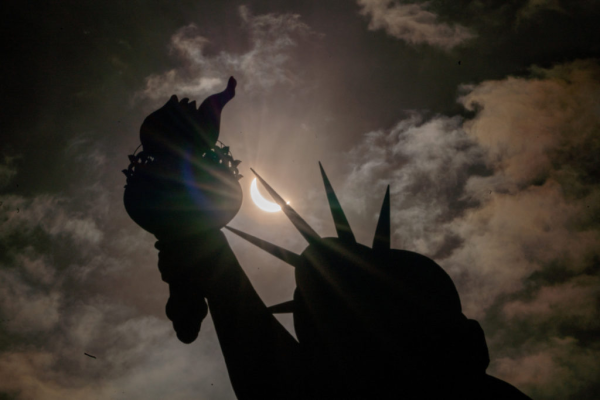Linda Brown: A great life and an even greater impact
Photo by Matt Wade on November 21, 2009; Link to original work: https://www.flickr.com/photos/44768401@N07/4122925426/in/photolist-7hk569-qzPztk-s39vHZ-aPd812-nAW5nw-eWyznA-bg1rAv-7hk5tY-5NUjWv-qirnXo-pfPjKq-22H1m5G-T2SxdT-bGzSmT-btF3nW-q7VnDX-4ZNkEG-bj5Cgg-7CZBSV-q28iSH-btF93A-b68QZe-pYhzZM-eot77-obNJck-bGzR4k-5AG3vS-6u6F2D-smPo66-pVu6Fg-7jbGfs-aekyVo-F6ZTVz-pnBdhM-7aLxGM-cjK88L-tbJue-p5r5oa-o9VeXw-bzaV8P-pjU9RN-pVDtsm-fkqchL-bzge3P-uQMgf-uQKTw-3nQcrU-6bFA5W-mFPdVW-6rgFof, Link to license: https://creativecommons.org/licenses/by-sa/2.0/; US Supreme Court Building
Linda Brown, part of the landmark 1954 US Supreme court case that struck down racial segregation in public school systems, passed away Sunday at the age of 76. While funeral arrangements are pending, the Peaceful Rest Funeral Chapel of Topeka, Kansas confirmed that she died sometime Sunday afternoon. Brown will live on in Civil Rights history as the little girl who took down a racist and bigoted education system, promising the impact of the Brown vs. Board of Education case will reverberate through history forever.
In 1951, Linda Brown’s father attempted to enroll her at Sumner Elementary school, a local school that, at the time, only taught white students. The school completely blocked Linda Brown’s admission, forcing Brown to go to an all black school nearly two miles away in Topeka, Kansas. Her father, tired of the discrimination against his daughter and of the danger she faced walking to school, sued the school board and his case along with 4 other cases were combined and taken to the Supreme Court as Oliver L. Brown et al v. Board of Education of Topeka, Shawnee County, Kansas, et al.
The case originally went to state jurisdiction, but district courts ruled in favor of the Board of Education, upholding the precedent set by the Plessy v. Ferguson case of 1896, that African Americans can be legally segregated as long as the accommodations were “separate but equal.” The state courts ruled that, while segregation had a detrimental effect on the mental health of negro children, the school Brown was attending and Sumner Elementary school were “substantially equal with respect to buildings, transportation, curricula, and educational qualifications of teachers.”
The NAACP (National Association for the Advancement of Colored People) took the case to the Supreme Court who in May, 1954 ruled that “separate educational facilities are inherently unequal” and that the old Plessy v. Ferguson decision was unconstitutional and violated the 14th amendment of the constitution.
In a 1984 interview regarding the events in 1954, Brown said, “I remember the walk as being very long at that time, and then when wintertime came, it was a very cold walk. I remember that. I remember walking, tears freezing up on my face, because I began to cry because it was so cold, and many times I had to turn around and run back home.”
Linda Brown had a profound impact on the face of America’s Civil Rights Movement and through her suffering, helped bring about change and an end to segregation. She will be honored and commemorated on April 4th at St. John African Methodist Episcopal Church in Topeka, Kansas.
Your donation will help support The Lambert Post, Lambert High Schools student-run newspaper! Your contribution will allow us to purchase equipment and cover website hosting costs.

















